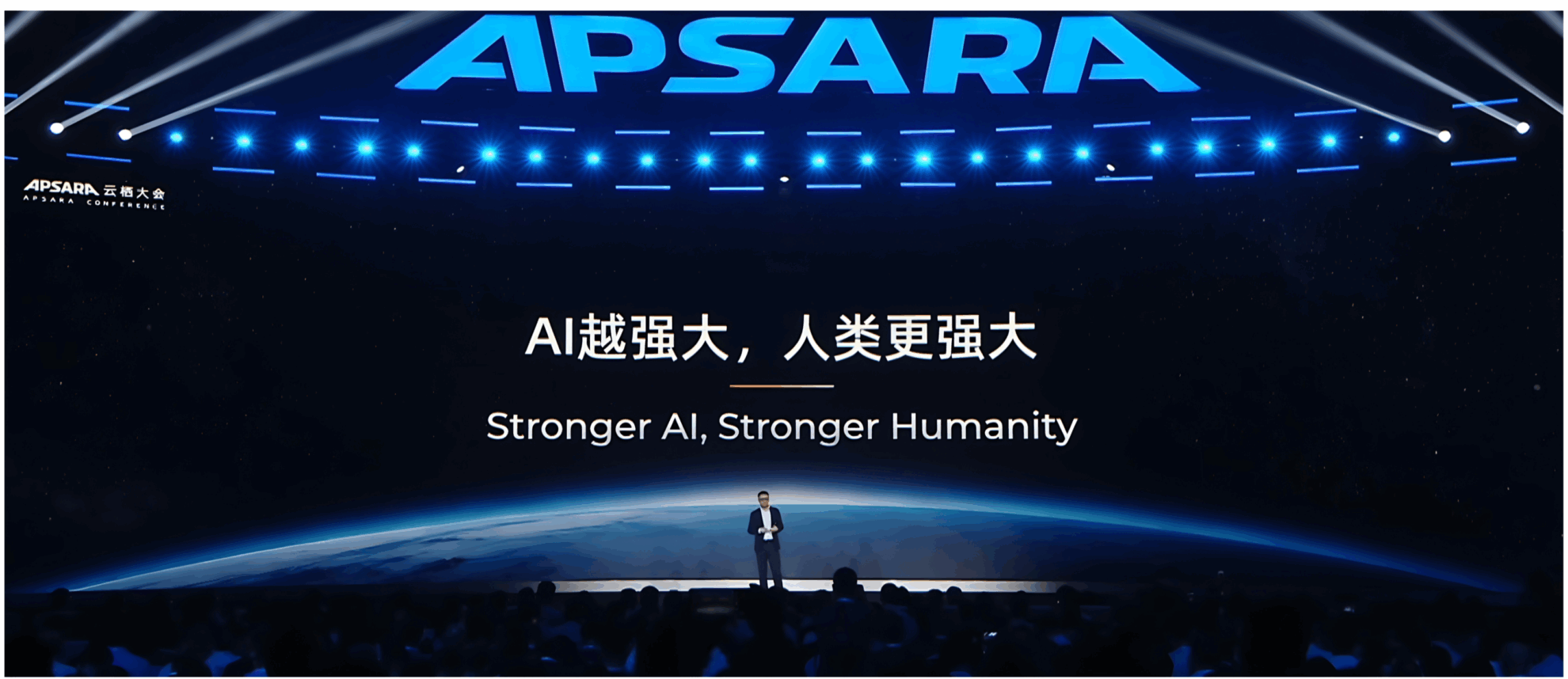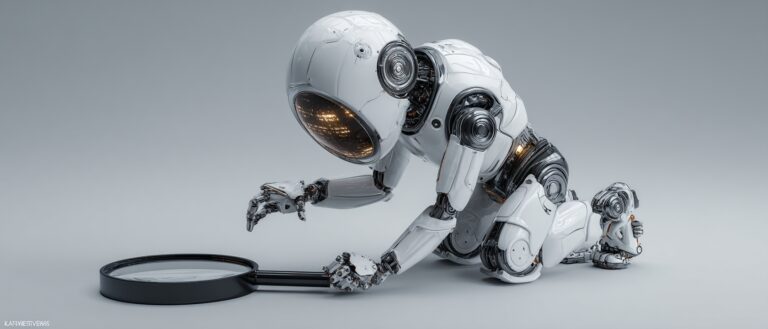If AI Technology Can Make You Immortal, Would You Be Willing?

AI technology is already able to synthesize human voices, portraits, and videos. Today, based on chatbots, through the integration of deep learning and knowledge graphs, AI virtual life with "cognition" and "perception" as well as self-evolution capabilities is realized.
During the Qingming Festival, let’s talk about something heavy.
Every Qingming Festival, we face the topic of death. From emperors to ordinary people, everyone hopes for immortality. Up to now, human life seems to have been extended to the limit in the process of evolution, but it is only a few decades.
If there is technology that can allow people to "resurrect and achieve immortality in a certain sense", would you be willing to try it?
Using private corpus to create immortal Siri
What we call immortality technology is better understood as "existing in a different form", which is to reproduce many of a person's characteristics using data information.
The chatbots trained using information from various social platforms have become more and more like their real counterparts.
We have reported that Muhammad Aurangzeb Ahmad, an associate professor of computer science at the University of Washington, developed a chatbot that simulates his father's tone in order to ease his longing for his deceased father. Abu Jani .

Machine learning can not only learn voice conversation and create chatbots, but also combine video and audio to synthesize more complete and multi-dimensional character images.
These technologies can create a unique Siri + image for everyone, synthesizing our relatives, friends, and even ourselves, and as long as the power is not cut off, they can exist forever in another form.
Moreover, based on chatbots, some companies have launched more complex and multidimensional AI virtual lives.
Use private multi-dimensional information to create eternal life
Gowild, a company in Shenzhen, released a virtual life based on 3D holographic virtual images and GAVE technology last year, named "Amber Virtual Face".
Amber lives in a pyramid-shaped smart speaker, which presents flexible images through holographic technology. Her interaction with people is completed through smart hardware and AI engine.

Amber has her own personality. She is a beautiful girl who is 167 cm tall, weighs 48 kg (she has no weight in her spirit state), loves eating grapes and singing.
She also has an ordinary person's daily life: getting up, washing, eating, drinking water, communicating with people, learning musical instruments, and she can even feel people's emotions, just like a roommate living in a machine.
If previous chatbots were still at the "perception" stage, then AI virtual life, as an extension of life, has reached the "cognition" stage.
Furthermore, she also includes the ability to self-evolve, to constantly learn and update.
You can give birth to stars, or ordinary people.
According to Gowild, based on the scalability of Amber, they will introduce celebrities, family members and even pets to become virtual IPs in the carrier in the future, so that everyone can have their own customized AI virtual life.
Going from chatbots to virtual life is not just about visualizing chatbots like Siri, but also about overcoming many challenges in terms of technology.
First of all, virtual life should have strong cognitive intelligence, including the ability to understand and use language, and the ability to master and apply knowledge.
Secondly, based on language and knowledge, it must have the ability to reason and recognize emotions, which requires high technical skills in natural language processing (NLP).
Compared with cold codes and data, AI virtual life can give people a "sense of life" and can form different personality systems based on user behavior habits. Gowild once talked about the key to realizing virtual life technology, integrating deep learning with knowledge graphs.

Chatbots rely on NLP, but researchers are troubled by the lack or insufficiency of labeled data for specific tasks, which is particularly serious when using deep learning. As a result, chatbots often have awkward conversations with people.
The integration of deep learning and knowledge graphs enables the robot to model and demonstrate its self-awareness, and possess advanced knowledge dimensions such as emotional states, preferences, and skills.
For example, the food that the robot likes to eat needs to be associated with the recipe graph in the entity knowledge graph, and form social relationships with users such as agents and friends. At the same time, hobbies are associated with the interest graph.
In this way, the unified connection of robot social interaction, robot-user social interaction and user social network can be realized. In other words, virtual life has gone a long way in technology compared to chat assistants.

It is worth mentioning that some foreign technology companies are also trying to create virtual life.
For example, the holographic interactive two-dimensional cute girl launched by a Japanese company Gatebox , is also an AI virtual life living in a container. It was sold out quickly after its release.
With AI virtual life, is death still death?
From this perspective, as long as the information is rich enough to create virtual life, it will be closer to the concept of "immortality".
However, no one can predict where the development of virtual life will end up. And no one can be sure how closely the AI character will fit a person's characteristics before it is realized.
If technology can achieve a high degree of similarity, the impact it will bring is difficult to estimate. For example, will it bring more comfort or fear, and will it dilute our concept of death? These are not questions that can be explained in just one or two sentences.
But what is certain is that if AI really achieves this kind of complete reproduction, then our constructed views on death and life will inevitably be greatly impacted.

Fortunately, technology is far from the point where we need to debate these issues. Perhaps in the future, we will really become a few lines of code in the information world.
What we should do now is to cherish the people around us and cherish every day of our own existence.








